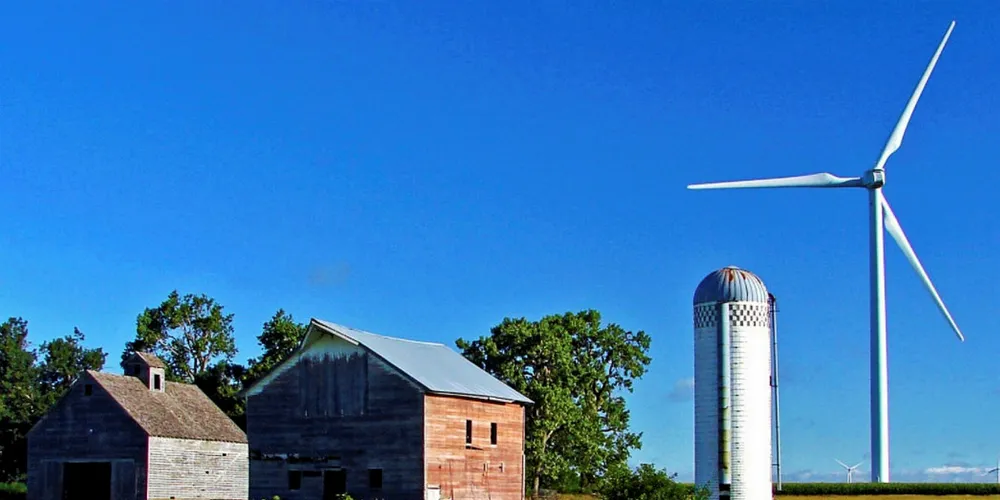As the dust began to settle on the implications for renewables from the US tax bill approved earlier this week by Congress, major wind players expressed optimism that the market will remain healthy in 2018 and beyond.
With the wind production tax credit’s (PTC) phase-out left intact along an 80%-60%-40% track in 2017-2019 before expiring altogether in 2020, and corporate tax reform likely to be a long-term positive for many wind companies, the biggest remaining question mark hangs over the impact from the Base Erosion Anti-Abuse Tax (BEAT) on the tax-equity market.
Congress substantially softened the impact of the BEAT tax in the final tax bill after intense lobbying from the renewables sector, although its inclusion will make investment decisions more complicated for tax-equity investors, a relatively small group of companies that invests in US wind farms to take advantage of the PTCs they generate to lower their tax bills.
The BEAT tax “will likely narrow the pool of tax-equity investors for renewables and potentially delay some projects for the next couple of months as tax-equity investors analyse the impact of the BEAT on their expected current and future tax position”, Michael Garland, chief executive of US-based wind developer and operator Pattern, told shareholders in a letter.
“While we will not know the full impact of the BEAT on the tax equity market until tax investors are able to evaluate the effect of the final tax bill, we are optimistic that it will remain the primary method of project finance for our U.S. development pipeline,” Garland says.
“There is also some likelihood that the tax bill could stimulate interest by new tax equity investors,” he adds.
Garland says he’s been encouraged by lawmakers’ flexibility when it comes to correcting potential unintended consequences from the massive tax bill for renewables, and notes that full implementation of the BEAT provisions won’t kick in until 2019 – leaving time to iron out any wrinkles for the wind and solar markets.
The final form of the tax bill “provides the opportunity for continued expansion of the renewable power sector”, Garland concludes.
“Utility-scale wind and solar power generation are now recognised as the lowest cost forms of new power generation in the United States. We do not see that changing as a result of the tax bill.”
(Copyright)